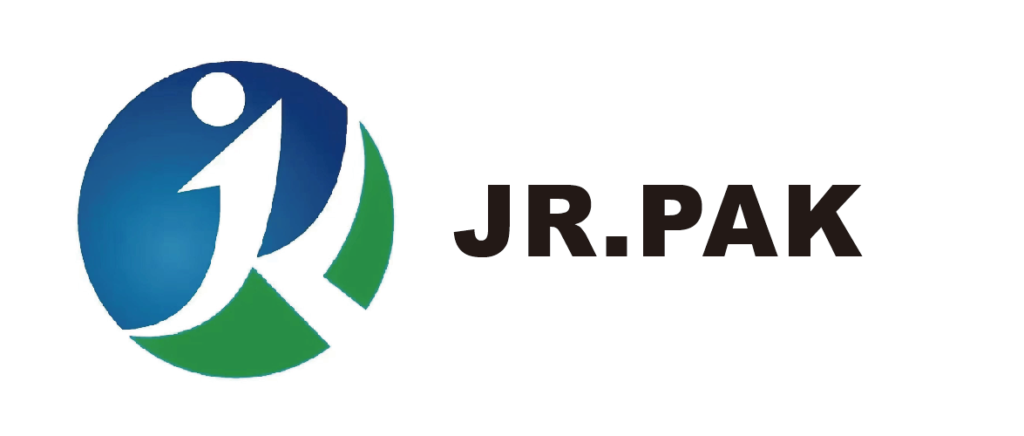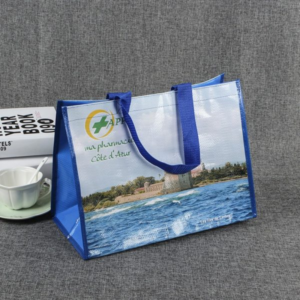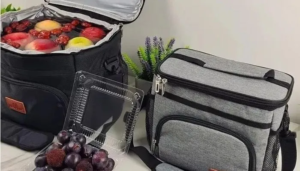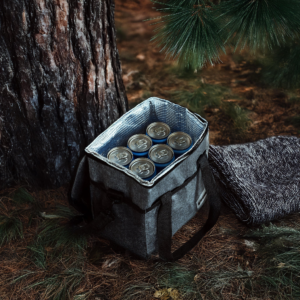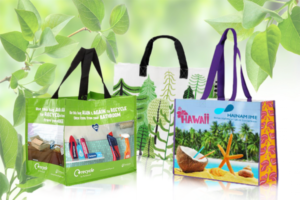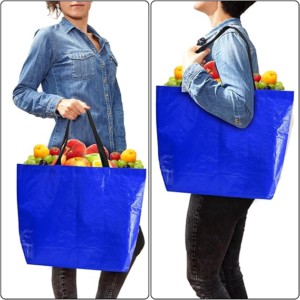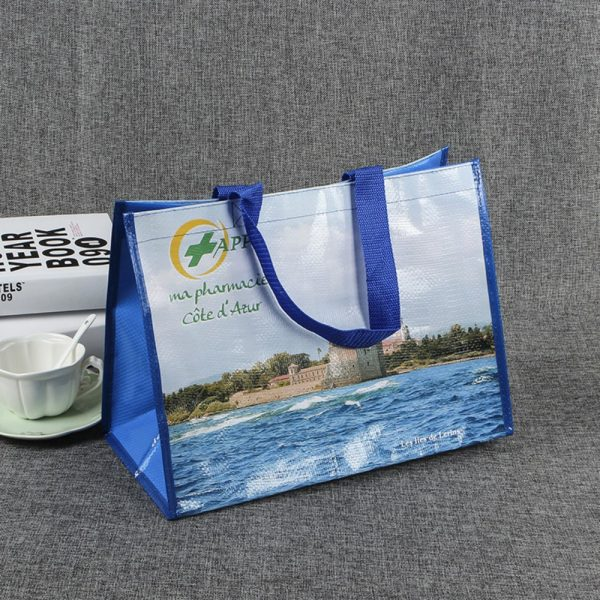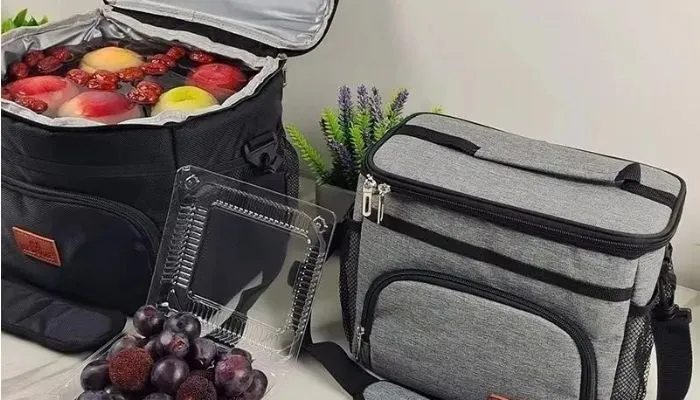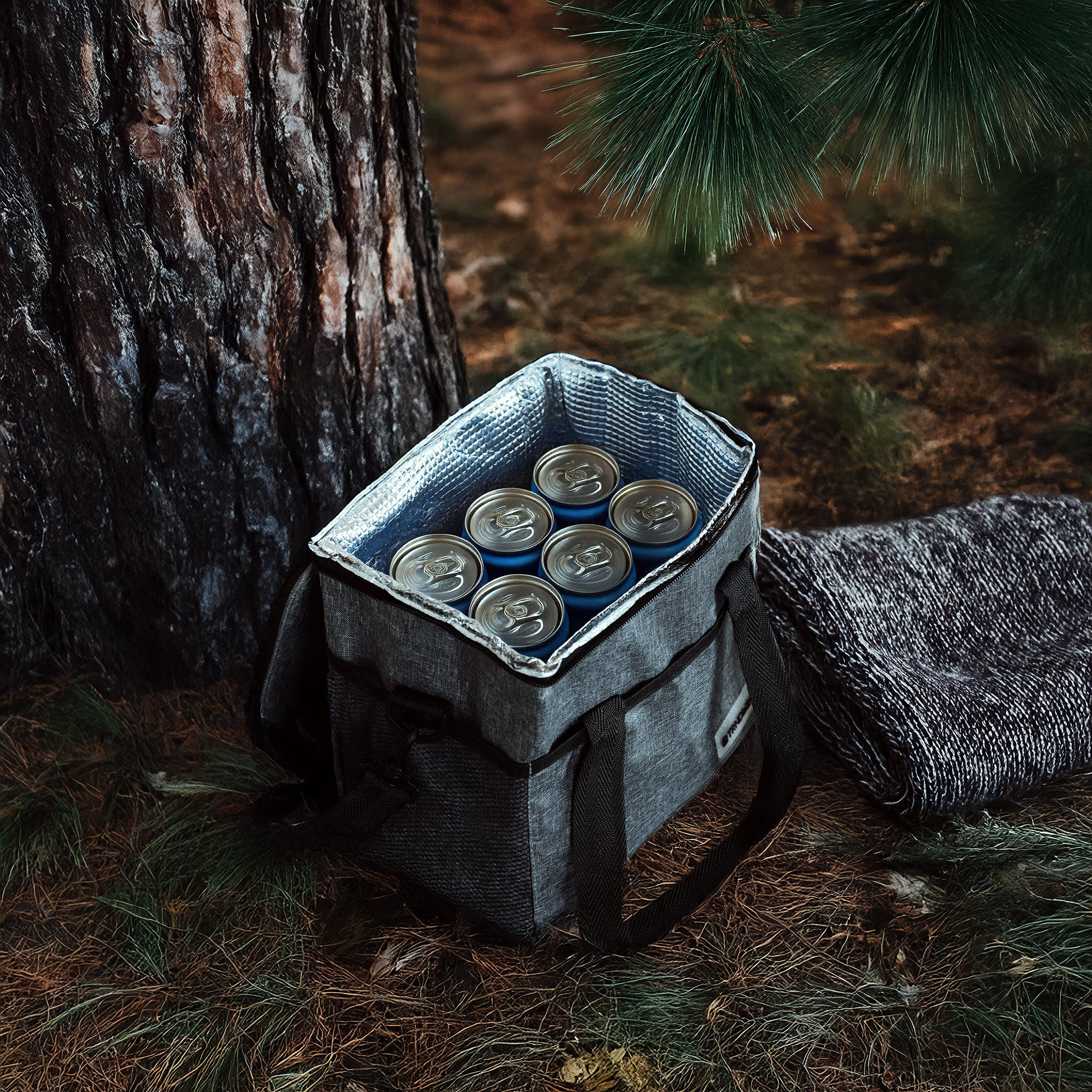
Woven bags have evolved from simple shopping carriers to essential products in eco-friendly and customizable packaging. As we move into 2025, what innovations can we expect in this industry? Let’s explore the exciting future of woven bags and how they are shaping up to meet growing demands for sustainability, technology, and functionality.
Woven bags are being transformed by sustainability, innovation, and customization. Learn the key trends that will define the woven bag market in 2025.
Ready to dive deeper into the future of woven bags? Let’s look at the trends driving their transformation.
How Are Woven Bags Becoming More Sustainable?
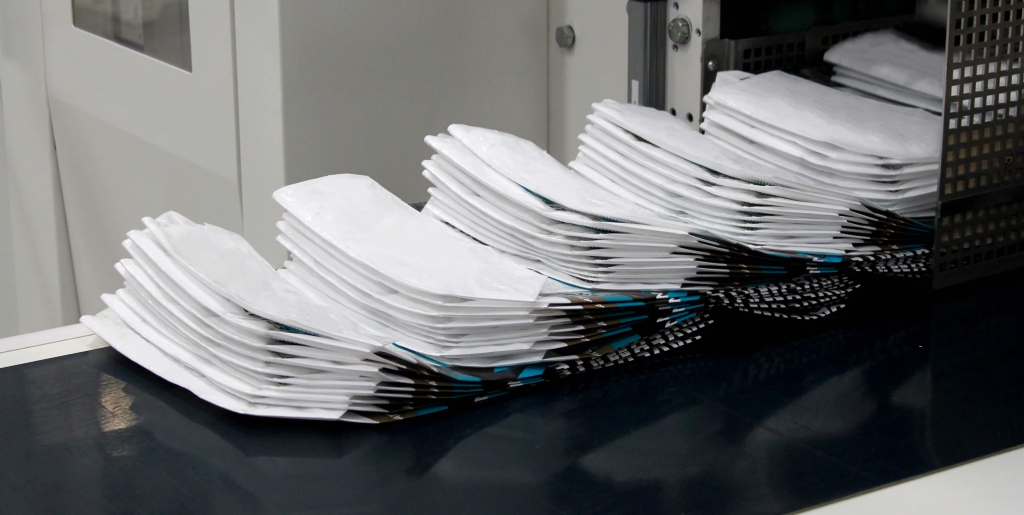
Sustainability is a growing priority, and woven bags are at the forefront of this shift. In 2025, woven bags will incorporate materials that have less impact on the environment, reflecting the global movement toward eco-conscious consumer goods.
Woven bags are becoming more sustainable with the use of recycled materials and biodegradable fibers, significantly reducing their environmental footprint.
As consumers and businesses alike seek out greener solutions, woven bags are evolving to meet these needs. Many manufacturers are now focusing on recycled polypropylene (PP)1, a durable and eco-friendly material. Some companies are even exploring plant-based fibers like jute, hemp, and cotton, which are biodegradable and contribute less to plastic waste. These materials can break down naturally over time, reducing the long-term impact on our environment.
In addition to the choice of materials, production processes are also becoming more sustainable. Manufacturers are adopting energy-efficient machines and recycling programs to ensure that used bags are either upcycled or disposed of responsibly. This shift is crucial as eco-friendly packaging 2 continues to dominate the market, especially in the face of rising environmental concerns.
Woven bags are not just functional—they’re becoming part of a larger movement to reduce waste and carbon emissions, and that’s something to keep an eye on as the market continues to evolve.
What Are the Latest Technological Advances in Woven Bags?
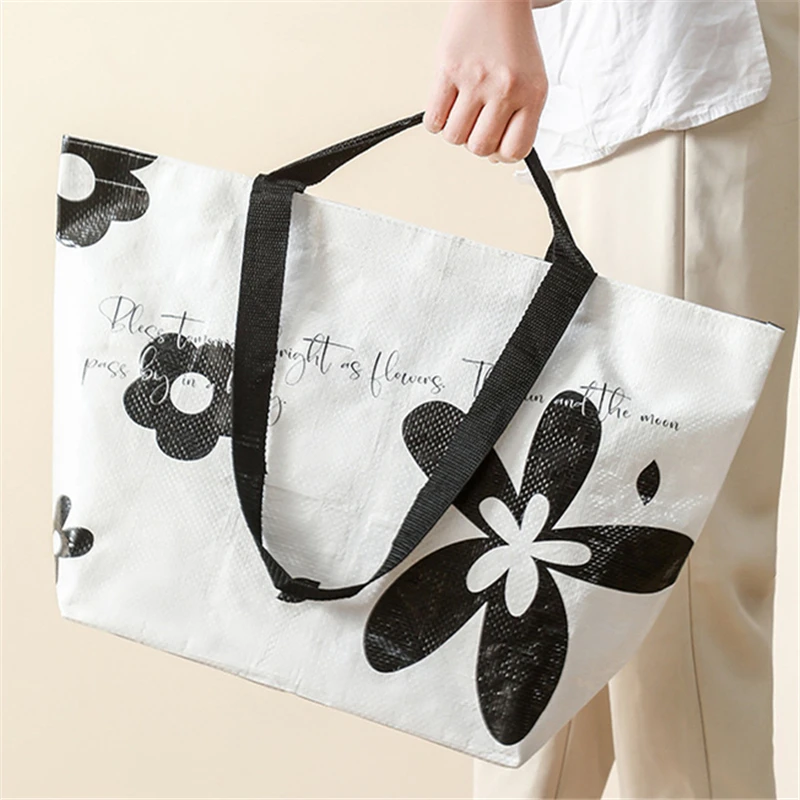
Technology plays a huge role in the future of woven bags, enabling new manufacturing techniques that make these products more affordable, efficient, and customizable. As we approach 2025, the technological advancements in woven bag production will make these bags even more versatile and valuable for consumers and businesses alike.
From automation to advanced printing, woven bag technology is improving efficiency and customization, setting the stage for the next wave of product innovation.
High-speed automation has become a game-changer for woven bag manufacturers. These automated systems enable faster production times, reducing costs and increasing output. With the ability to produce larger volumes of bags with greater precision, companies can meet growing consumer demand without sacrificing quality.
Moreover, advanced printing technologies are allowing manufacturers to offer more customizable designs at lower costs. Digital printing has revolutionized the way logos, artwork, and branding are applied to woven bags, making it easier and more affordable for businesses to promote their brands through packaging. This trend towards customization means woven bags are no longer just utilitarian; they’re an opportunity for businesses to showcase their brand identity in a visually appealing way.
These technological advancements not only make woven bags more affordable and customizable but also more functional. Manufacturers are now exploring ways to make woven bags more durable, lightweight, and resistant to wear and tear, ensuring they can serve multiple purposes over a longer lifespan.
Why Are Customizable Woven Bags Gaining Popularity?
Customization is becoming a key selling point for woven bags in 2025. As businesses recognize the value of personalized products, the demand for customizable woven bags is skyrocketing. But what makes these bags so attractive to businesses and consumers alike?
Custom woven bags allow brands to express their identity while offering practical, eco-friendly solutions. Their ability to be personalized is driving demand.
The rise in demand for customizable woven bags3 can be attributed to several factors. First and foremost, businesses see them as an effective marketing tool. With custom logos and personalized designs, woven bags can act as walking advertisements. Whether given away as promotional items or sold directly to consumers, these bags help brands build recognition and establish a strong identity.
Another reason for the popularity of customizable woven bags is the growing desire for personalized4 consumer goods. As shoppers look for more unique, tailored products, they’re gravitating toward brands that offer options like custom prints, patterns, and colors on woven bags. This personalization allows companies to meet consumer demand for individuality while maintaining eco-consciousness.
Customizable woven bags aren’t just for businesses; they also serve as stylish5 and practical accessories for consumers. The ability to choose their preferred design, size, or color makes these bags versatile and appealing to a wide audience.
How Will Woven Bags Evolve for Increased Durability and Functionality?
As the need for more durable and functional products increases, woven bags are expected to undergo further improvements in their design and materials. The future of woven bags is all about making them stronger, longer-lasting, and capable of serving multiple purposes.
Woven bags are evolving with reinforced materials, waterproof coatings, and enhanced functionality, making them even more durable and versatile.
In 2025, woven bags will see significant improvements in their durability. Manufacturers are working on reinforcing the structure of the bags by using stronger, high-quality fibers6 and advanced stitching techniques. These enhancements will ensure that the bags are able to handle heavier loads and last longer, even with frequent use.
Water-resistant and UV-resistant coatings will also become common in woven bags, making them more versatile for outdoor use or in harsh environments. These coatings will extend the life of the bags and provide added protection against the elements, whether for groceries, beach trips, or travel.
Functionality is another area of focus. In the near future, expect to see woven bags with added features like expandable designs, adjustable straps, and multiple compartments. These features will give consumers more flexibility and usability in a variety of situations, making woven bags suitable for everything from carrying groceries to serving as stylish everyday accessories.
Woven bags are becoming not only more durable but also more practical, allowing them to adapt to the evolving needs of today’s consumers.
Conclusion
The future of woven bags looks brighter than ever, with significant strides in sustainability, technology, and customization. At Zhejiang JiaRong Packaging, we are committed to staying ahead of these trends and providing top-quality, customizable woven bags that meet the needs of our customers. Visit our website https://zjjrpackaging.com/ to learn more about how we are shaping the future of woven bags in 2025.
-
Learn about the eco-friendly benefits of recycled PP and how it's used in sustainable packaging. ↩
-
Understand how energy-efficient machines help reduce carbon footprints in production processes. ↩
-
Learn how customizable woven bags enhance brand recognition and serve as promotional tools. ↩
-
Explore how custom logos on woven bags contribute to effective brand marketing and consumer engagement. ↩
-
Find out why consumers prefer personalized products and how this trend affects businesses. ↩
-
Discover the fibers that make woven bags stronger and more resistant to wear and tear. ↩
